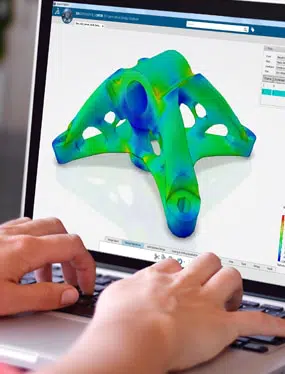
Cost Efficient and Reliable Integrations
Table of contents
Efficient and reliable communication between enterprise systems is vital and can save companies enormous amounts of money.
For example, if there is a problem with a product component, you need to correct it and rely on that the change is properly communicated and dealt with.
A reliable integration ensures that the same problem doesn’t sneak into yet another product batch that drives unnecessary cost downstream.
What is the common integration use cases with PLM?
It is common to integrate PLM with virtually any downstream system, most commonly Enterprise Resource Planning (ERP). You can integrate it directly, or via an Enterprise Service Bus (ESB).
For example, it can be used to communicate product changes to the factory floor, publish product data to be used in digital product catalogues and performing otherwise time-consuming tasks, like converting documents into PDFs.
What is the difference between a good and bad integration solution?
A good integration solution is reliable, scales well and ensures data quality in downstream systems by keeping track of all integration events. All events should be logged and easily accessible for statistics and deviation follow up purposes.
In cases where security aspects and protection of core business IP is vital, secure data transfer must be possible. A good solution stays robust and stable even during heavy workloads.
Best practices using common integration technologies should be built in and allow for integration setup without dependency on specific individuals. General basic competencies should be enough and allow to focus on the content, not the details of the integration protocol used.
A bad solution has none of these qualities, but is clunky, next to impossible for new individuals to take over and maintain without significant instructions and handover from the author.
A bad solution does not separate between content and technology. Simply switching from one protocol to another becomes a bigger task with a risk of affecting the whole solution.
To detect deviations, administrators have to search through various logs and in order to fix problems information from many different places is needed.
Deviations might pass unnoticed and fixes will most probably be based on incomplete information or not understanding the full picture resulting in data mismatch between systems driving unnecessary cost.
How to achieve a good integration to ENOVIA?
Integration Framework provides a common platform for all ENOVIA integration needs by leveraging all the characteristics of a good integration solution described previously.
With Integration Framework, customers can manage all common incoming and outgoing integrations through simple configurations. This translates into a cheaper, faster and less error-prone integration implementation, administration and maintenance.
Integration events are tracked, deviations can be easily dealt with and statistics are provided all through a web-based Administration UI.
Integration Framework is a fully supported software, it is upgradeable and integrates enterprise applications based on industry messaging standards like JMS, NativeMQ and AMQP as well as SOAP and REST based web services.
Discover more about TECHNIA Software

